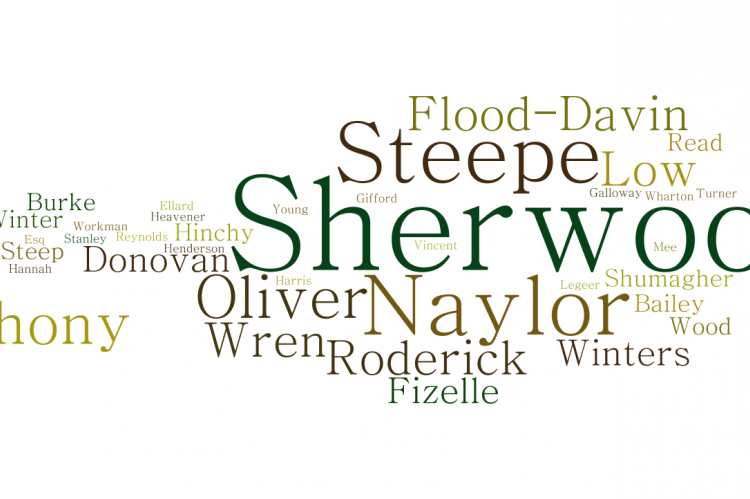Aug
02
2023
The Church of Ireland church and graveyard of St. Andrew’s are in the townland of Ballyroe Lower, in the parish of Kilfinane and in the barony of Coshlea. It is located on Captain’s Lane, south of Upper Main Street (R517) of Kilfinane town.
The church and graveyard are dedicated to St. Andrew, one of the twelve main disciples of Jesus Christ. The feast day is 30th November. Andrew is the patron saint of fishermen and singers. He is also the patron saint to several countries including Scotland, Romania, Russia and Ukraine.
The church is a freestanding Gothic Revival style church designed by Joseph Welland. It was constructed in the 1850’s on the site of an earlier church, which had been restored in 1760. It has a gable-fronted porch to the west and a square/ octagonal tower with a weather vane. The church is composed of a nave, a chancel, and a vestry with a chimney stack. The walls and buttresses are constructed in sandstone and it has a pitched slate roof. An interesting feature of the interior was the single side aisle in the nave. The church is known for its well-executed masonry and stone dressings.
The interior of the building has been renovated in the last few years and is now known as ‘The Old Chapel Rooms’ and is available to the public as an entertainment venue.
The graveyard is located around the church and enclosed by rubble sandstone boundary walls. The entrance gates are in the north wall marked by pointed limestone capped piers and double-leaf iron gates.
A total of 45 memorials were recorded during the Historic Graves survey in 2012. Of this number 17 date to the second half of the 19th century. The earliest recorded memorial commemorates the burial place of John Stanley who died in 1860 aged 60 years.
The following are some of the surnames recorded in the graveyard; Fizelle, Ellard, Bailey, Wharton, Flood-Davin, Hinchy, Sherwood, Turner, Schummacher, Reed, Gifford, Mee, Roderick, Oliver, Workman, Low, Mahony, Winters, Naylor and Steepe.
Some of these are Palatine-related surnames such as Steepe and Schummacher. Some are ascendancy landlord surnames such as Oliver.
Status and anti-status can be detected amongst the gravestones here.
Interesting Facts
There is a grave in the graveyard which is associated with folklore for ‘calling the devil’ (Galloway grave). Mr. Galloway appears to have been an agent for Lord Ashdowne in Kilfinane. MORE
A major tree planting scheme was carried out on the Castle Oliver Estate in the early 1830s. It was aimed at marking out and securing boundaries between tenants’ holdings and estates. The Greenwood and Ballyriggin Wood were part of this initiative. A Samuel Sherwood was one of the caretakers appointed to these woodlands (https://www.ouririshheritage.org/content/knowyour5k/ballyriggin-wood). In the 1911 census half of the households in Ballyriggin bore Palatine surnames- Fizelle, Schummacher and Steepe, (Our Irish Heritage, National Museum of Ireland). These surnames along with Sherwood are represented in the graveyard, (Sherwood, memorial no. 0027).
Its not often that a person’s occupation is noted in an inscription. Memorial no. 0017 commemorates the burial place of William Gifford. It reads as follows;
Erected to the memory of
William Edward Gifford
Manager of the Munster
Bank Ltd
Kilfinane
Who died 31st July 1875
Aged 29
The Munster and Leinster Bank which was located on the main street of Kilfinane, was built in c. 1820. It is a 4-bay, 2-storey building which is now a house and maintains a strong presence in the streetscape.
Memorial no. 0024 commemorates the burial place of Eliza Legeer Sherwood. The headstone is distinctive in that the inscription is in lead and in relief. Above the inscription is well preserved ornamentation depicting ivy fruits and leaves.
This post was researched and written as part of a grassroots heritage tourism project (www.incultum.eu) in collaboration with Ballyhoura Development CLG (https://www.ballyhouradevelopment.com/), Cork Co. Council (https://www.corkcoco.ie/en) and Limerick Co. Council (https://www.limerick.ie/council). The stories were initially gathered during a community survey of the graveyard. They form part of the Historic Graves Project Destination for Ballyhoura (https://historicgraves.com/destination/ballyhoura).



